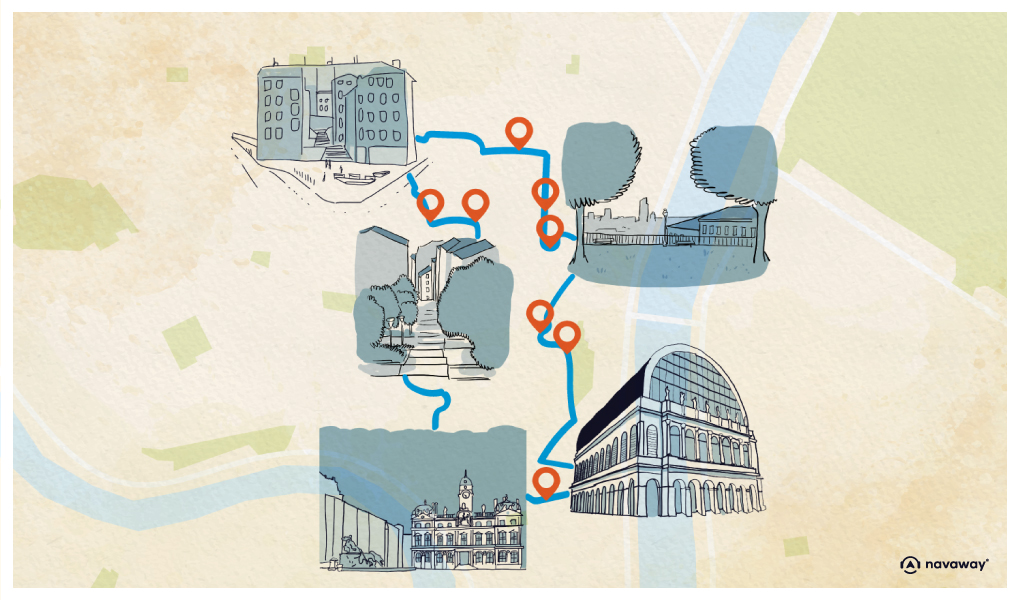
Grande-Côte garden
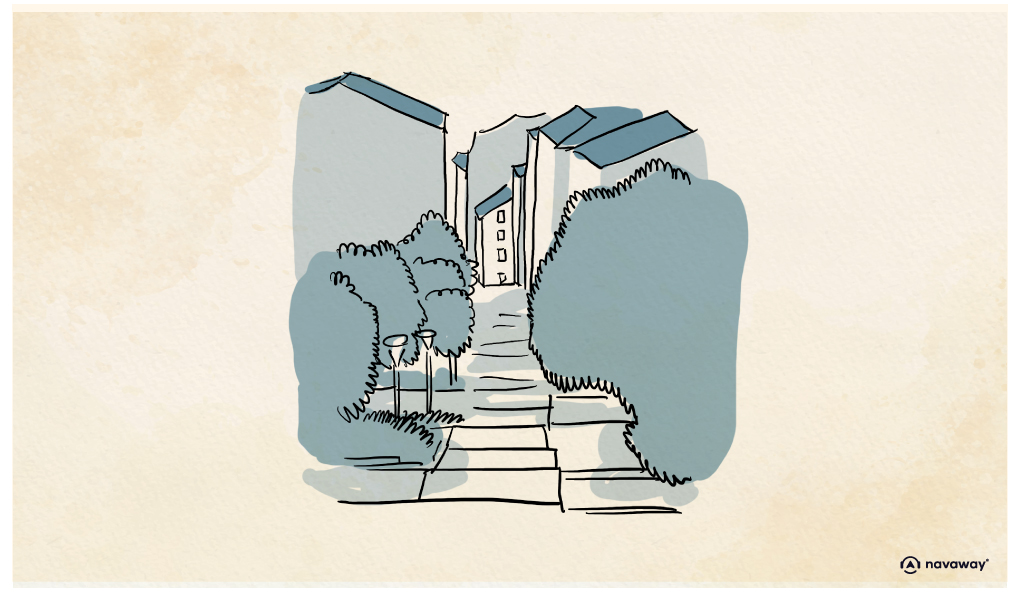
This point of interest is available as audio on the tour: Visit Lyon, Into the world of the silk weavers
Arranged in several terraces, this esplanade is a privileged meeting place for the inhabitants of Croix-Rousse. Paved with Montalieu limestone, it has several green areas where you can find black mulberry, white mulberry, sycamore and paper mulberry trees, a testimony to the importance of the silk industry which grew in this district. In fact, silkworms feed almost exclusively on mulberry tree leafs. These trees, so precious today, come from Asia. As you might know, silk was discovered and made by the Chinese almost 5000 years ago! For centuries, they jealously guarded the secret of its production, which was reserved to Chinese high society. An imperial law even forbade anyone to export silkworms or their eggs under penalty of death. However, as early as the 4th century B.C., silk was used as a medium of exchange to buy gold, horses, and precious stones. This is how the silk trade began. Growing over the centuries, it became the famous Silk Road enabling trade between Asia and Europe. In Europe, silk production was first developed in Italy, but Italian fabrics were extremely expensive. This led Louis XI, King of France, to establish a national production. He tried to establish it in Lyon, but the inhabitants protested; he then moved it to Tours, where a small production was created to limit trade with Italy. It was François I who, in 1536, allowed two Italian weavers living in Lyon, Turquet and Naris, to finally develop silk production in the city. They obtained a monopoly of production in 1540, making Lyon the European capital of silk. Here, thousands of “canuts”, weavers entirely dedicated to this activity, produced clothes that were cheaper than in Italy. On top of that they were of very good quality and highly appreciated at the court. Millions of mulberry trees were planted in the region to feed the silkworms, especially in the Cevennes. Silk production became the true economic engine of the city. The 19th century marked a real peak for the sector, helped by the Industrial Revolution and the invention of the mechanical loom by Joseph Marie Jacquard, which allowed faster production. In the 1860s, however a 100 year or so decline begun. First with silkworm diseases which spread and considerably slowed down the production of cocoons. Pasteur himself was called to the Cevennes to try to slow down the epidemics. Not long thereafter the opening of the Suez Canal in 1869 reduced the cost of transporting silk closely followed by the war of 1870. Later the two world wars impoverished the wealthy classes accustomed to buying expensive clothing. By the 1960s silk production had completely disappeared. It went as far as uprooting the previously so precious, mulberry trees and replacing them by vineyards and orchards. Well, now you know all about the history of silk in Lyon! If you’d like to take a stroll before continuing on your journey, feel free to take a break in the garden and enjoy the view over the city!

Discover other tours to visit Lyon

Discover Lyon with app
An interactive guide through the most beautiful streets, squares, and districts
16 fun audioguides full of historical facts, anecdotes, and legends
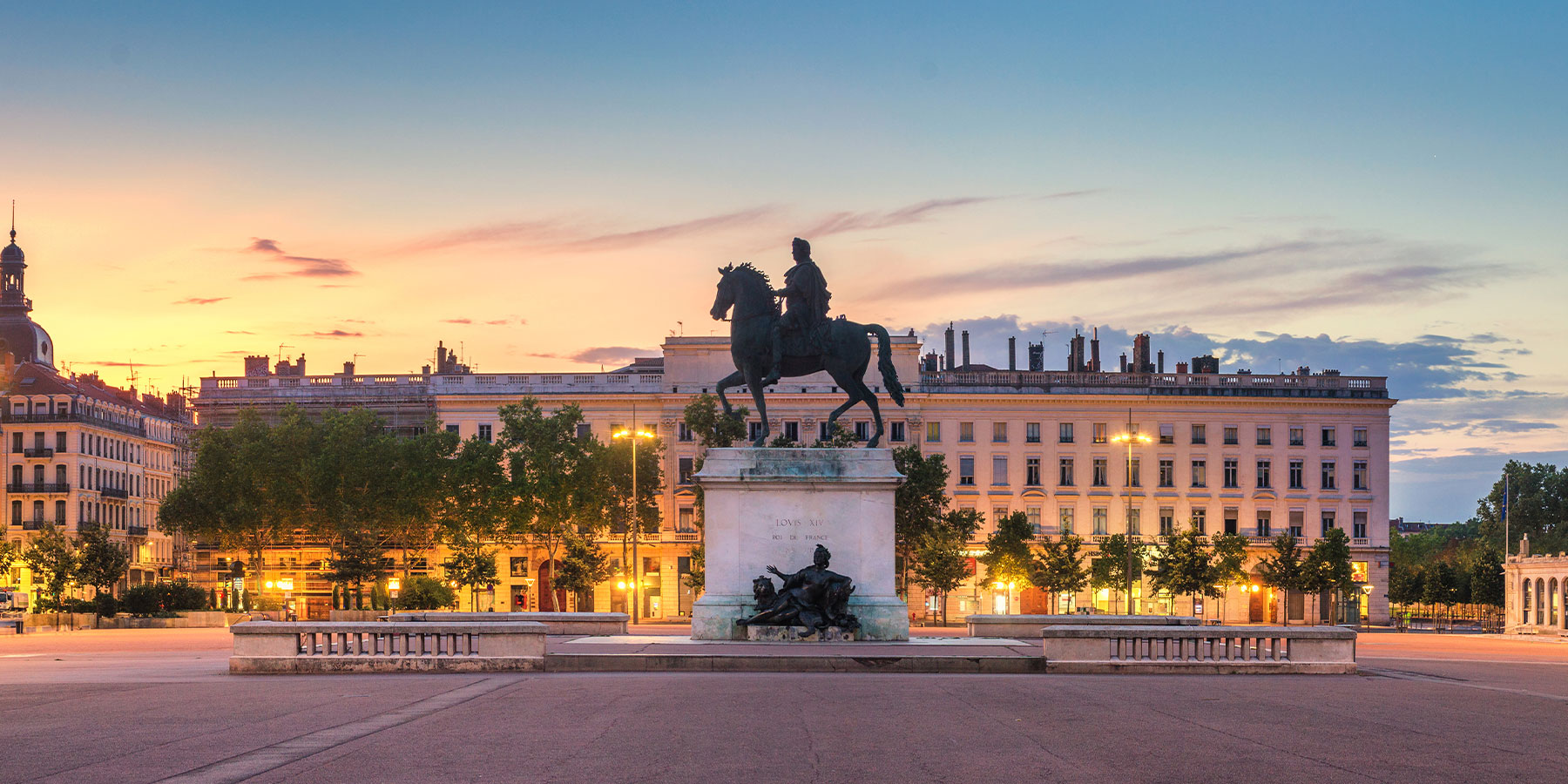
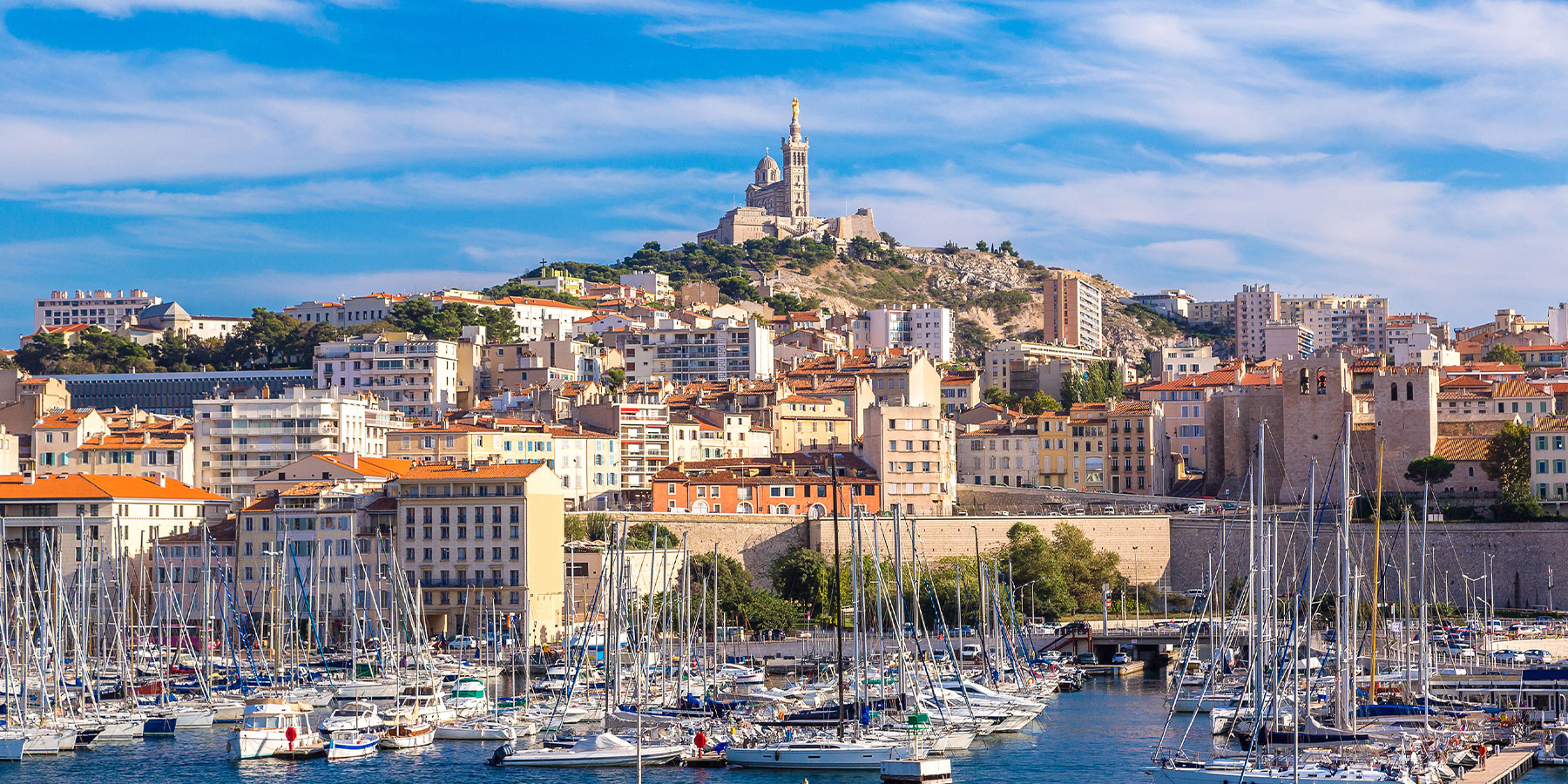
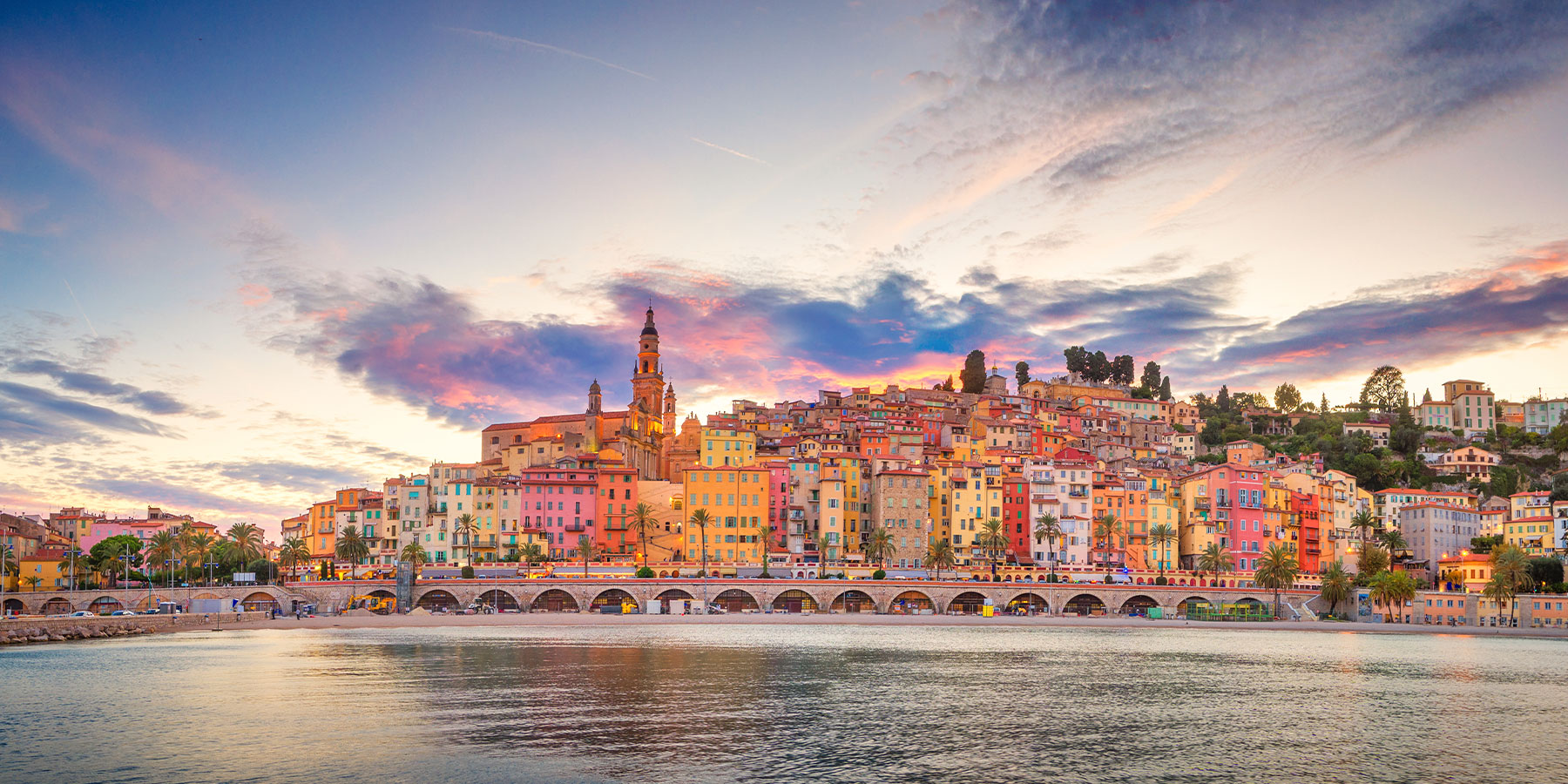
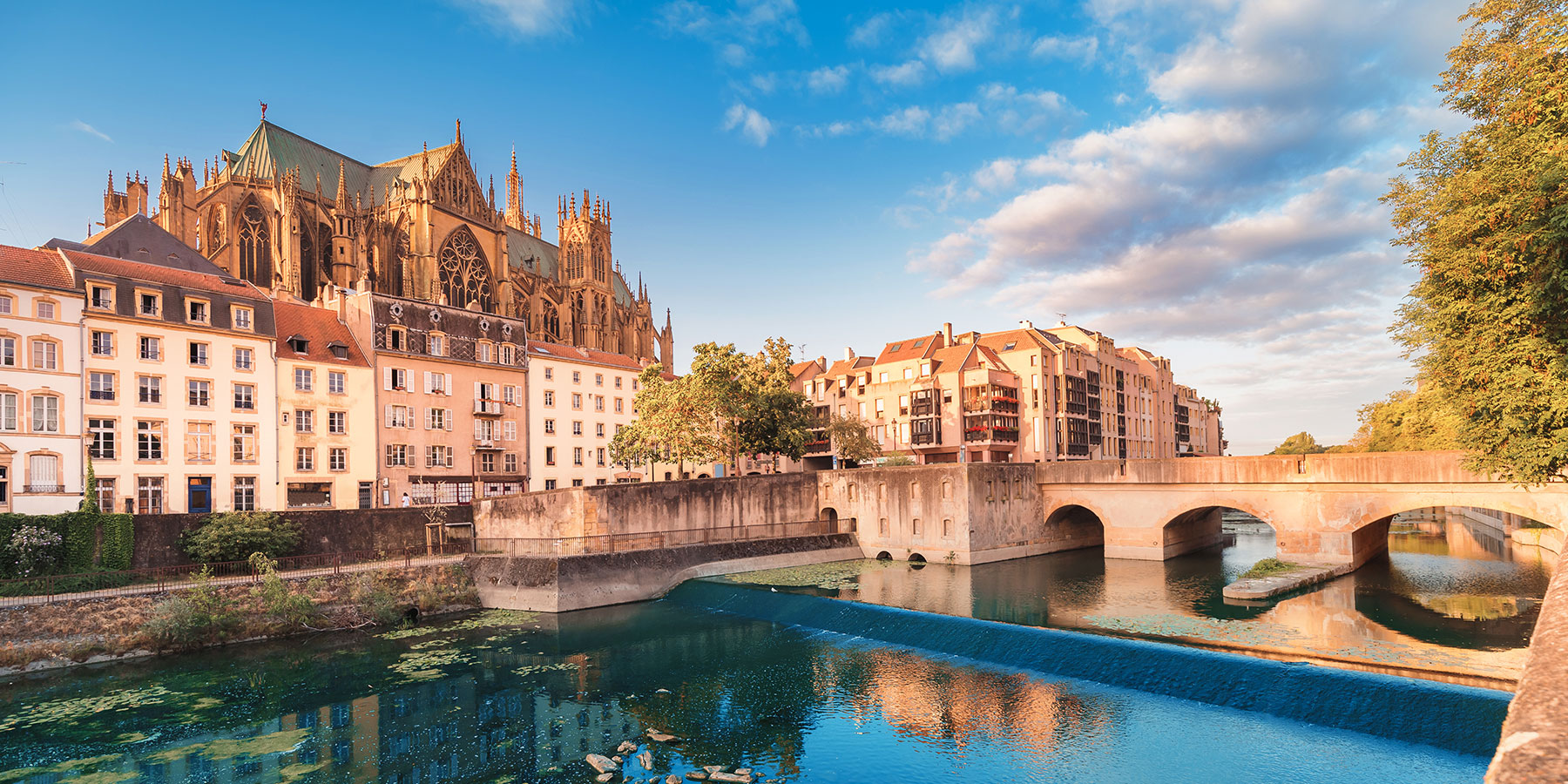


Comments